 At last I sit down again behind the computer. There was a long absence which I hope you’ll forgive me. Spring is fully upon us and my most favorite tree is in full bloom. In Hebrew it is calledבליל החורש (Klil ha choresh – perfection or beauty of the forest).
At last I sit down again behind the computer. There was a long absence which I hope you’ll forgive me. Spring is fully upon us and my most favorite tree is in full bloom. In Hebrew it is calledבליל החורש (Klil ha choresh – perfection or beauty of the forest).
In English it is called “Judas tree” with a myth attached that Judas Iscariot hanged himself from this tree after he betrayed Jesus. It is a ridiculous story, because the tree is small and slender and its branches reach up diagonally. How can one hang oneself from that?
This tree was most probably derived from the French common name,  Arbre de Judée meaning tree of Judea, referring to a region where the tree grows, but it blossoms all over Israel and gives glorious colour to the dark green Cyprus and pine trees standing around. It has another particularity; the buds grow straight out of the trunk and branches!
Arbre de Judée meaning tree of Judea, referring to a region where the tree grows, but it blossoms all over Israel and gives glorious colour to the dark green Cyprus and pine trees standing around. It has another particularity; the buds grow straight out of the trunk and branches!
~~~
Alfred and Diana Strauss moved to Dahlem in 1919. It was at that time an elegant village with mainly big villas on the outskirts of Berlin. Only a year later it was annexed to this big city. Dahlem is close to the Grünewaldsee. The Strauss family rented a big house in this suburb, which is described in the blog: ” A new born and the great war”.
The Königin Louise Strasse is one of the main roads in Dahlem and there was the Arndt Gymnasium, where Teddy started to go to school as soon as they had moved from Berlin. He was 15 years at the time.
This school was established in 1908 as an elite private boy’s school (only in 1946 girls were admitted). During the war a bomb fell on the school, but it was beautiful restored to the original art nouveau building with a 70 meter tower. Today it still is an excellent humanistic oriented school with many branches in other German towns.
Maba and Tinka were “the little ones” in the family. In 1929 Maba was eleven and Tinka eight years old. They both started school at the Gertraude Schule on the Im Gehehe (see map) in Dahlem in 1919.
In 1909 this school was established as a school for girls. By 1911 classes were added up to Gymnasium level (Secondary High School).
Both schools had good sports programs and they had swimming and rowing on their curriculum. The Grünewaldsee was close by where the rowing clubs held regattas.
After the Second World War the Gertreude School was turned into a school for children whose fathers were serving in the American forces. Dahlem was an elegant and relatively undamaged suburb, where American army people rented housing and where their children went to school. In 1946 the school was renamed the Thomas A. Roberts School, in honor of the lieutenant colonel of that name, the first American to lose his life in the Battle of Berlin.
If you look at the map, you can understand why Alfred Strauss rented this big house. Both schools were in walking distance and the underground was also 5 min. from the house.
Erika the oldest was sent to a finishing school in Switzerland. Founded in 1793, the High Alpine Institute Ftan (it used to be called Fetan) is a top private school in Switzerland in Graubünden near the Austrian border. It is in a very small village of the same name. (Today only about 25000 inhabitants.)
When Erika returned, she first worked for three years in a bank, afterwards in the “Staatliche kunstbibliothek”. Still later she helped as the librarian for “das Kinderheim”. Lily Oberwarth worked there as a social worker and her husband, Ernst, was the pediatrician there.
The twenties were an exciting time after the first WW. In art, theatre, cabaret, architecture, and music it was a kind of frantic period where all had to be achieved as fast as possible to catch up in lost time. Before the war there were the Dadaists, the Blaue Reiter, Klimt, the art nouveau and more. Now Bauhaus, a school founded by Walter Gropius for art and architecture brought a style, that shocked the German burger who had never seen square buildings wrapped in glass. Teachers like Klee, Kandinsky, Lionel Feininger, Anni and Josef Albers and many more changed art and architecture in the 20s century.
Berlin reveled in its new found permissiveness. In this hedonistic atmosphere cabarets mushroomed everywhere. Entertainment was by a master of ceremonies dressed in black and silver; girls danced in the nude on the stage; cocaine and morphine were used; lesbian and homosexual night clubs everywhere; transvestite bars flourished.
Kurt Tucholsky wrote chansons which were sung all over Berlin, and which warned of the dangers lurking beneath the surface of frenzied gaiety. Bertold Brecht in collaboration with Kurt Weill produced some of the most memorable songs of the period, including Mack the Knife, Pirate Jenny, The Alabama Song and Surabaya Johnny. The avant-garde theater of Max Reinhardt in Berlin was the most advanced in Europe.
Concert halls and conservatories exhibited the atonal and modern music of Alban Berg, Arnold Schoenberg, and Kurt Weill.
Writers such as Erich Maria Remarque and Thomas Mann presented a bleak look at the world and the failure of politics and society through literature. Foreign writers also travelled to Berlin, lured by the city’s dynamic, freer culture. The decadent cabaret scene of Berlin was documented by Britain’s Christopher Isherwood in his novel Goodbye to Berlin which was later transposed to the musical movie Cabaret.
And in cinema, when the sound films were made the popular musical The Threepenny Opera with Lotte Lenia was filmed by director Georg Pabst: the Blue Angel (1930), directed by Josef von Sternberg with the leads played by Marlene Dietrich and Emil Jannings, were a great succes
The strength of America’s economy in the 1920’s came to a sudden end in October 1929 – even if the signs of problems had existed before the Wall Street Crash. America was faced with a major crisis that was to impact countries as far away as Weimar Germany – a nation that had built up her economy on American loans.This caused a worldwide depression and in Germany unemployment rose to 30% in 1932.
In this kind of world my father and his sisters grew up.
Here the two girls wear identical sweaters. Teddy and Maba have skates with them. Tinka probably hides them behind her back. First I thought it might be a school uniform, but those two girls went often identical dressed, it is probably a skating outfit and they are on the way to the Grünewaldsee.




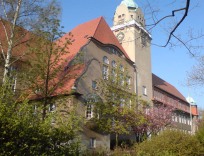
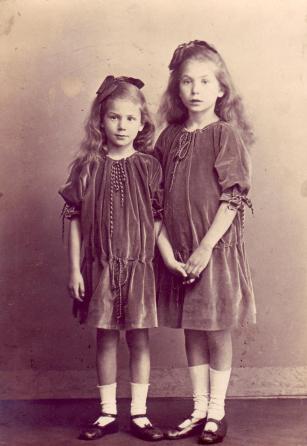
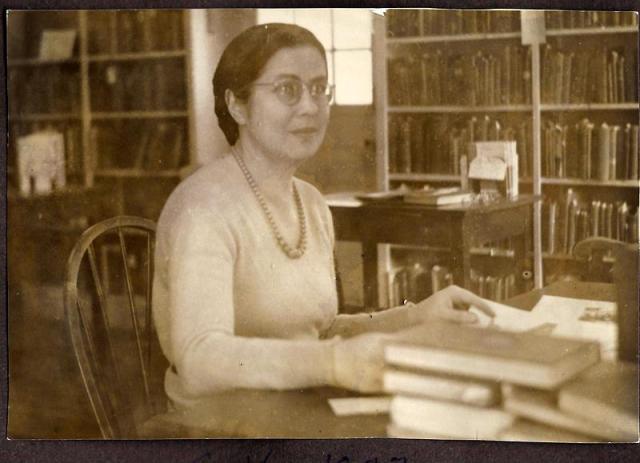




















![struwwelpeter4[1]](https://relativelyrelatives.files.wordpress.com/2012/02/struwwelpeter41.jpg?w=144&h=177)







![Armisticetrain[1]](https://relativelyrelatives.files.wordpress.com/2012/02/armisticetrain1.jpg?w=243&h=300)






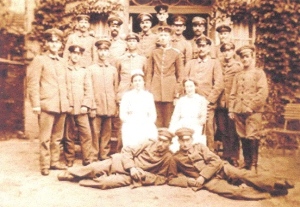 of it throughout the war years and was the advisor and friend of many of the men, who even after the Second World War kept contact with her. By that time she lived in Watford, England, where she settled after Hitler took the reins in Germany.
of it throughout the war years and was the advisor and friend of many of the men, who even after the Second World War kept contact with her. By that time she lived in Watford, England, where she settled after Hitler took the reins in Germany.





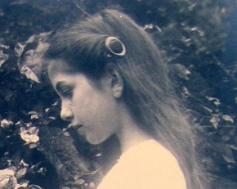




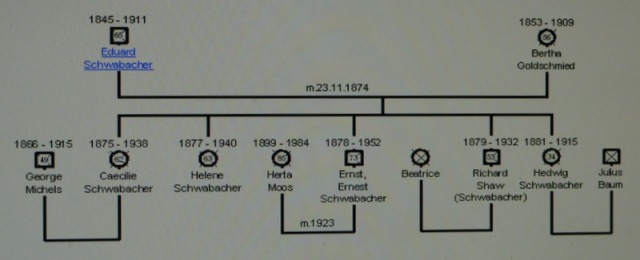

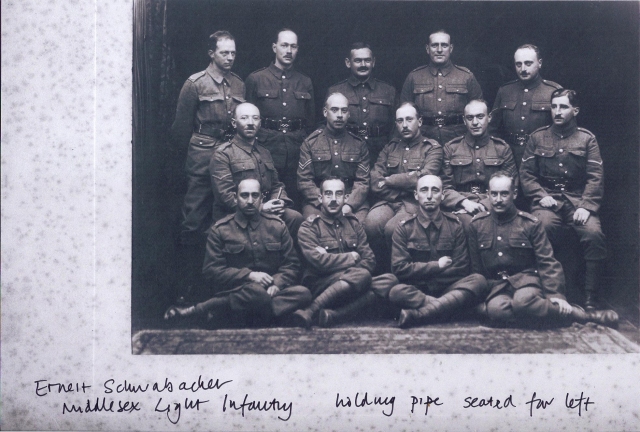
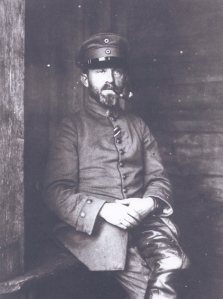


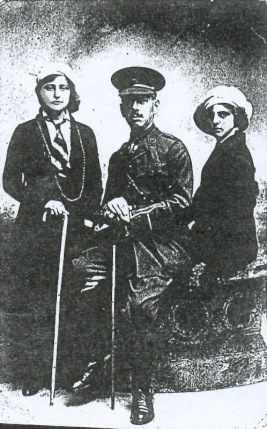








![hj-beginnings-german-mobilization[1]](https://relativelyrelatives.files.wordpress.com/2012/01/hj-beginnings-german-mobilization1.jpg?w=640)